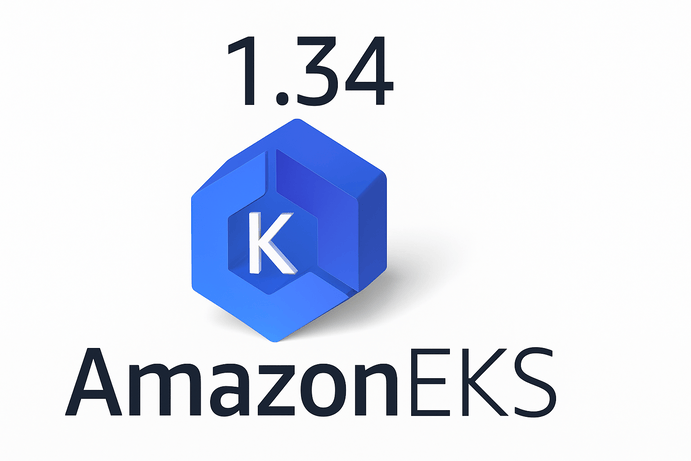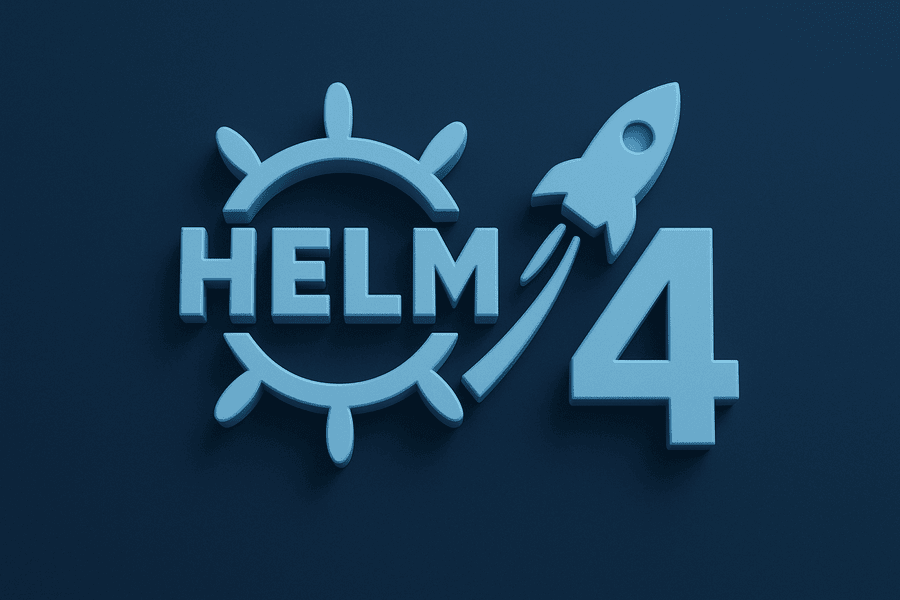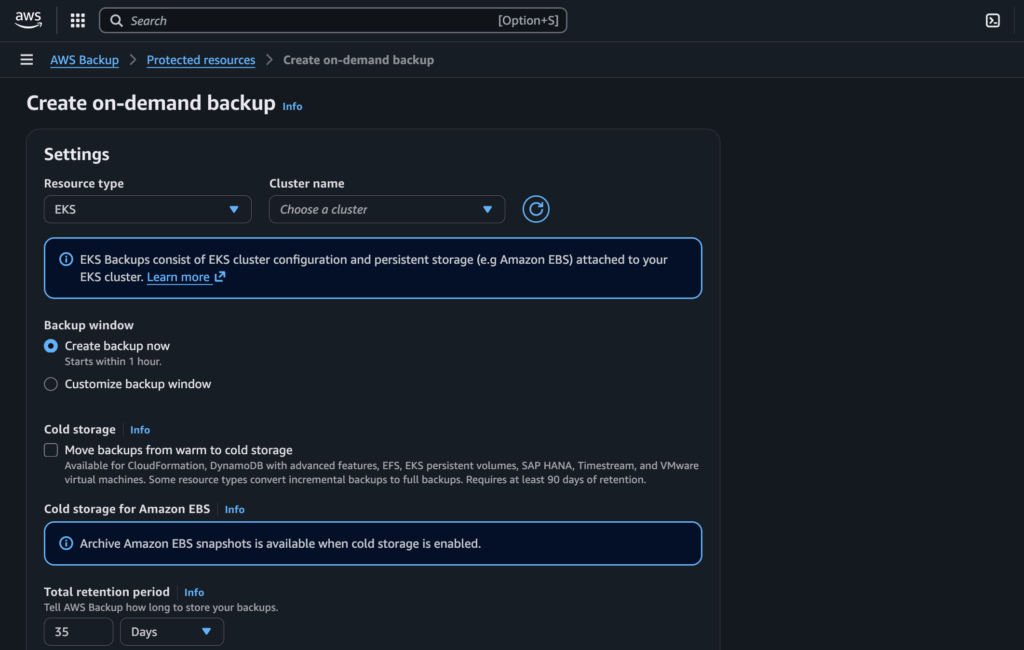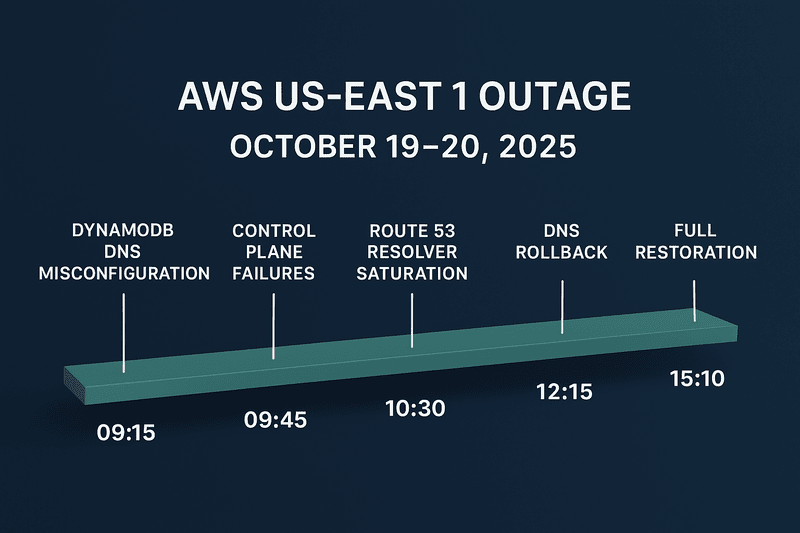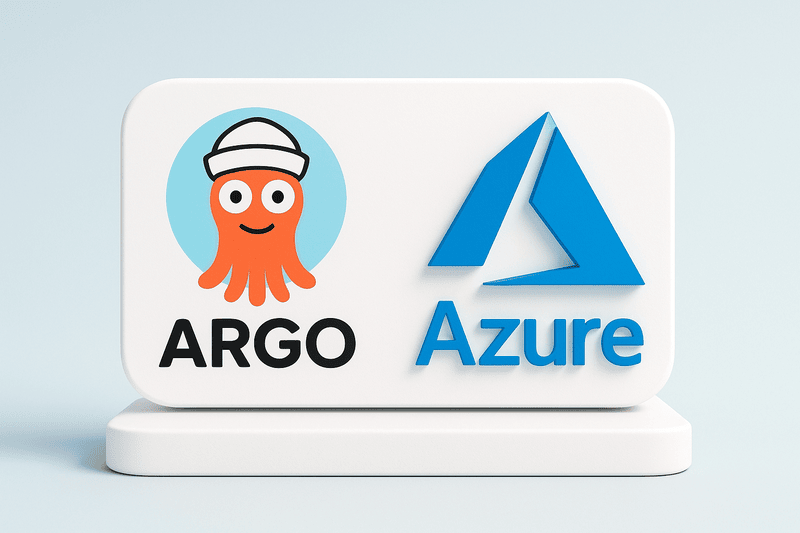Amazon Web Services (AWS) has officially announced that Amazon Elastic Kubernetes Service (EKS) and Amazon EKS Distro (EKS-D) now support Kubernetes version 1.34, after the recent official release of Kubernetes 1.34.
This update continues AWS’s commitment to keeping pace with upstream Kubernetes releases—ensuring customers have access to the latest innovations, security patches, and performance improvements across all regions, including AWS GovCloud (US).
With Kubernetes 1.34, developers and operators get a smarter, more secure, and more resource-efficient platform for running containerized workloads at scale. In this article, we’ll explore what’s new in Kubernetes 1.34, how these changes impact EKS users, and what steps you can take to upgrade safely and smoothly.
The Significance of EKS Supporting Kubernetes 1.34
Amazon EKS makes it easier for teams to run Kubernetes workloads without the burden of managing the control plane. Each time the Kubernetes community ships a new version, AWS thoroughly tests, validates, and packages it into EKS and EKS Distro, ensuring compatibility with the AWS ecosystem—such as IAM, VPC networking, and Amazon ECR.
The support for Kubernetes 1.34 means EKS customers can:
- Create new clusters using version 1.34 directly via the EKS console, CLI (
eksctl), or infrastructure-as-code (IaC) tools such as Terraform and AWS CDK. - Upgrade existing clusters in-place, benefiting from the latest Kubernetes capabilities and security enhancements.
- Run consistent, upstream-compatible builds with EKS Distro across hybrid or on-premises environments.
This consistency across AWS and self-managed Kubernetes distributions enables organizations to standardize on a single, predictable Kubernetes build—simplifying governance, security, and lifecycle management.
Key Highlights of Kubernetes 1.34
Each Kubernetes release aims to improve performance, stability, and developer experience. Version 1.34 introduces several new features that directly impact how workloads are deployed and managed—especially in cloud environments like AWS.
Let’s look at the standout updates that matter most to EKS users.
1. Projected Service Account Tokens for Kubelet Image Credential Providers
Security continues to be a top focus area for Kubernetes. In version 1.34, projected service account tokens can now be used by kubelet image credential providers, offering better security when pulling container images.
Previously, kubelets relied on static credentials or long-lived tokens—introducing potential risks if these tokens were compromised. With this enhancement, tokens are now short-lived and auto-rotated, reducing the exposure window and improving compliance with security best practices such as the principle of least privilege.
For organizations using Amazon ECR (Elastic Container Registry) or private registries, this means safer authentication flows and less manual secret management when pulling images into your pods.
2. Pod-Level Resource Requests and Limits
Another important change in Kubernetes 1.34 is the introduction of Pod-level resource requests and limits.
Traditionally, resource requests and limits were set individually for each container in a pod, which could lead to over-provisioning or under-utilization when containers shared CPU or memory.
Now, you can define resource requests and limits at the Pod level, simplifying multi-container resource management and providing more flexibility for tightly coupled workloads such as sidecar patterns or microservices that share compute resources.
This feature aligns perfectly with AWS’s broader goal of optimizing resource efficiency—helping teams run cost-effective and predictable workloads on EKS without compromising performance.
3. Dynamic Resource Allocation (DRA) Prioritized Alternatives
Dynamic Resource Allocation (DRA) was first introduced to enable Kubernetes to handle specialized hardware devices (like GPUs, FPGAs, and DPUs) more intelligently.
With version 1.34, DRA now supports prioritized alternatives, allowing workloads to define prioritized device requirements.
For example, an AI inference workload might prefer NVIDIA GPUs but could fall back to other accelerator types if they’re unavailable. This improves scheduling flexibility, cluster utilization, and workload resilience—key advantages for machine learning, gaming, or real-time processing use cases running on EKS with AWS Inferentia or Trainium instances.
4. General Improvements and Bug Fixes
Beyond these major features, Kubernetes 1.34 includes dozens of bug fixes, stability enhancements, and performance optimizations across:
- Networking (more efficient handling of large-scale service endpoints)
- Scheduling (smarter placement and rebalancing of workloads)
- API deprecations and cleanup (to streamline the Kubernetes API surface)
- Improved debugging and observability tools, including better metrics and logging support
These incremental improvements collectively contribute to smoother upgrades, reduced operational complexity, and a more predictable Kubernetes experience on AWS.
EKS Distro (EKS-D) Updates
In parallel, Amazon EKS Distro (EKS-D)—the open-source, upstream-compatible Kubernetes distribution used by EKS—has also been updated to version 1.34.
You can access the latest EKS-D builds via:
- Amazon ECR Public Gallery
- GitHub (aws/eks-distro repository)
This is particularly beneficial for teams running hybrid environments or regulated workloads that require full control over their Kubernetes infrastructure.
EKS-D provides the same binaries and configurations used by Amazon EKS, ensuring operational consistency across cloud and on-premises clusters.
Upgrading to Kubernetes 1.34 on Amazon EKS
If you’re running an older Kubernetes version on EKS (for example, 1.31–1.33), upgrading to 1.34 is a straightforward process, but it’s important to plan carefully.
Here’s a high-level approach:
- Check for deprecated APIs and features
Review the Kubernetes 1.34 release notes to ensure your workloads and manifests don’t use deprecated APIs. - Use EKS Cluster Insights
AWS now provides EKS Cluster Insights to identify potential upgrade blockers or compatibility issues before starting the process. - Upgrade in stages
Upgrade your control plane first using the AWS Management Console oreksctl. Once successful, upgrade your node groups (self-managed, managed, or Fargate) to use AMIs compatible with Kubernetes 1.34. - Test workloads in staging
Validate your workloads, CI/CD pipelines, and autoscaling policies in a staging or test environment before upgrading production clusters. - Monitor and verify
Use Amazon CloudWatch Container Insights, AWS X-Ray, or Prometheus/Grafana to monitor workloads post-upgrade and confirm stability.
Availability and Lifecycle Support
Kubernetes 1.34 is now available in all AWS Regions where EKS operates, including AWS GovCloud (US).
As always, each EKS Kubernetes version is supported for approximately 14 months from its release date, giving you ample time to test, validate, and roll out upgrades.
For more details on the EKS version lifecycle and supported versions, visit the Amazon EKS documentation.
Final Thoughts
With Kubernetes 1.34, AWS continues to provide developers and DevOps teams with a modern, secure, and scalable container orchestration platform.
Whether you’re building AI/ML pipelines, managing microservices, or deploying edge workloads, this release strengthens EKS’s position as the go-to managed Kubernetes service for enterprise-grade production environments.
Key benefits you’ll notice in this release include:
- Improved security posture with projected service account tokens
- Simplified resource management via Pod-level requests and limits
- Better scheduling intelligence through DRA prioritized alternatives
- Expanded operational consistency via EKS Distro
If you’re managing Kubernetes on AWS, now is the perfect time to start testing and upgrading to version 1.34 to take advantage of these new capabilities.

